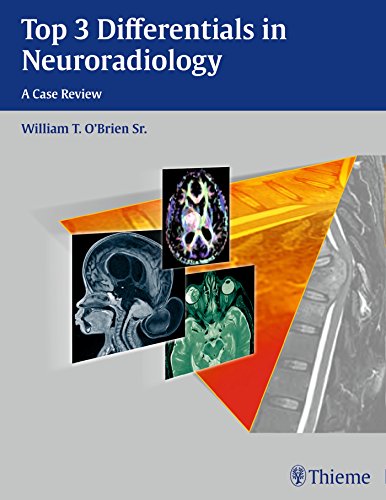

Most ebook files are in PDF format, so you can easily read them using various software such as Foxit Reader or directly on the Google Chrome browser.
Some ebook files are released by publishers in other formats such as .awz, .mobi, .epub, .fb2, etc. You may need to install specific software to read these formats on mobile/PC, such as Calibre.
Please read the tutorial at this link: https://ebookbell.com/faq
We offer FREE conversion to the popular formats you request; however, this may take some time. Therefore, right after payment, please email us, and we will try to provide the service as quickly as possible.
For some exceptional file formats or broken links (if any), please refrain from opening any disputes. Instead, email us first, and we will try to assist within a maximum of 6 hours.
EbookBell Team

4.7
66 reviewsUnique! That is the best word to describe Top 3 Differentials in Neuroradiology by William T. O'Brien - unique in its approach to the clinical practice of neuro-imaging, and unique in its approach to education in this rapidly expanding subspecialty...I found reading this book to be a joy...Frankly, this is a book not just for the resident or fellow, but one that will give any academic faculty member a positive learning experience, just like the one that I had! -- From the Foreword by Richard E. Latchaw, MD, FACR, Past President of the American Society of Neuroradiology
Top 3 Differentials in Neuroradiology is an up-to-date, comprehensive review of critical topics in neuroimaging. The books unique format ranks the differentials, divides them into the Top 3, and presents additional diagnostic considerations for each case presentation. The discussion sections of each case cover the imaging and clinical manifestations for all disease processes, making this text a high-yield review for board exam preparation and a quick reference for daily clinical practice.
Key Features:
This book is an excellent board review for all radiology residents and fellows in neuroradiology, as well as staff radiologists preparing for their certification exams. Radiologists, clinicians, and surgeons involved in reviewing or interpreting neuroradiology studies will also find it to be an invaluable, quick reference that they will refer to repeatedly in their daily practice.